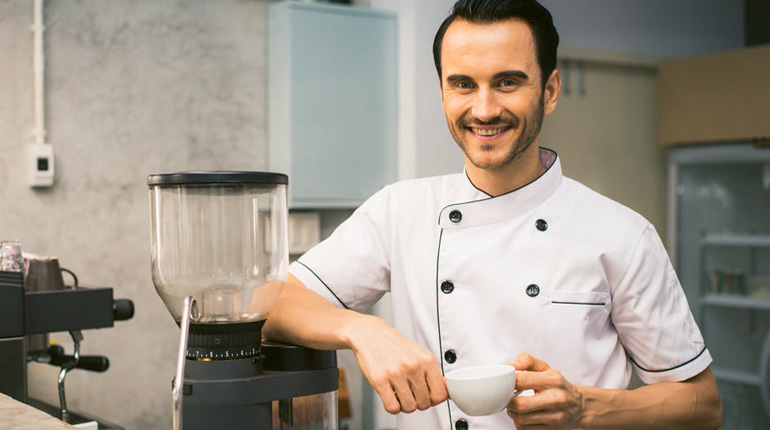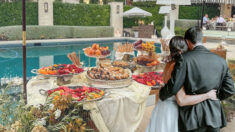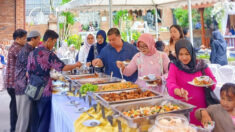The right chef coats can make cooking in a commercial kitchen a pleasant and productive experience. Your uniform can protect you from the heat of flaming grills, splattering deep fryers and boiling pots while allowing you to come through your shift feeling cool and crisp. A good chef coat will allow you to stand the heat, so you can stay in the kitchen longer.
Finding the right chef coat is important whether you are just starting cooking school or have finally landed a job in the kitchen of your dreams. Choosing your chef jacket is more than a matter of personal taste or fashion trends. The chef coat you choose will determine if you finish your shift looking and feeling like a slice of key lime pie on a warm summer evening or a serving of high school cafeteria broccoli.
Chef Uniforms Showcase Functional Fashion
Ideally, you’ll want to choose a chef coat that protects you from the hazards of the kitchen, keeps you cool, and allows you to look good doing it. Happily, there’s no need to choose function over fashion. Each feature of the perfect chef jacket is rooted in tradition and purpose.
Double-breasted chef jackets are both functional and stylish. Button them up properly while you cook and you are protected from the heat of the stove by four layers of fabric. Should you need to greet your patrons, the jacket unbuttons to reveal a crisp, clean chef coat.
Long sleeves were traditionally used to protect cooks from the splashes, splatters, and spills that are common occurrences in every kitchen, although many of today’s chef coats come in three-quarter length and short sleeve versions.
Turn back cuffs serve a similar purpose to the double breast. Roll up your sleeves while you work. When you mix with your customers, wear them at full length, so your friendly handshake is never diminished by stained cuffs.
Even the buttons on your chef jacket are important. They are part of your jacket’s heat protection strategy. You’ll want to choose a chef coat with reliable buttons made from heat resistant material and firmly sewn on to prevent your buttons from becoming part of the soup du jour.
Chef Jackets Help You Stay Cool
Besides having the right pockets in the right places, one of the most important features of your chef jacket is the fabric it’s made from. Most chef coats come in polyester, cotton or a blend of the two.
Polyester releases stains well and is easier to keep looking crisp and professional, and chef uniforms made from it are often the most affordable. But the synthetic fiber does not breathe well. It also traps moisture. Translation: Although your chef coat may look good, by the middle of your shift, you will look and feel like you have been steamed in Saran wrap.
Uniforms made from 100 percent cotton are the most comfortable in the kitchen. Cotton’s natural ability to release moisture and allow air circulation next to your skin combine to make cotton the fabric of choice for many chefs. The downside is that cotton wrinkles easily and has a harder time looking crisp and professional under the rigors of a hot kitchen.
Thanks to modern textile methods, your chef coat can have the best characteristics of both fabrics to give you a uniform that allows you to work comfortably and maintain a professional appearance all day long. Fabric blends of 65 percent polyester and 35 percent cotton will resist stains and wrinkles beautifully without sacrificing the protection of a quality chef’s uniform.
Of course, the crème de la crème would be a chef coat made of 100 percent Egyptian cotton, but you don’t have to spend that kind of dough to present yourself well in the kitchen. Look for quality woven fabrics such as twill or pin cord. Even if you aren’t an expert in fabrics, you can find a quality jacket by looking for uniforms that advertise their suitability for commercial laundry processes.
Personalized Chef Coats Tell Your Story
Traditionally, a chef uniform was always white to portray the cleanliness and professionalism the best chefs employed in their kitchens. Today, kitchen uniforms come in a wide variety of styles and colors to reflect the personality and needs of each chef, kitchen, and restaurant. While you might still prefer white for its ability to handle aggressive stain removal techniques, those same textile advances allow you to express yourself through color without worrying about stains. We believe your chef will look great when he/she will put on high quality, designed and tailored hospitality uniforms.



